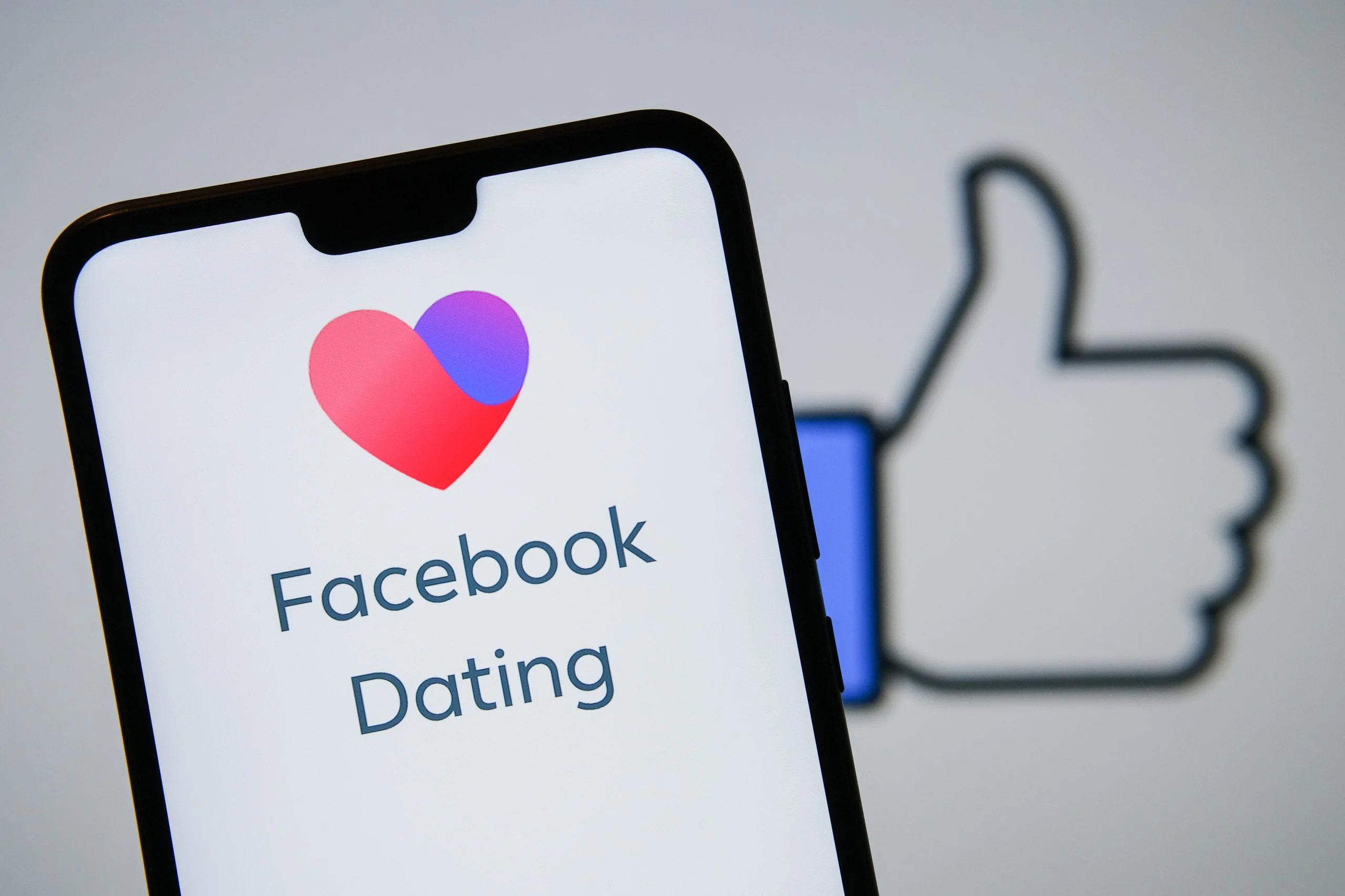Tips
The Evolution of Mobile Apps: From Snake Game to AI Assistants
Explore the evolution of mobile apps, from early games to AI-driven tools. See how trends, tech, and innovation transformed our mobile world.
Advertisement
How mobile apps transformed the digital age

Mobile apps are part of everyday life. From social media to banking, there’s an app for almost everything. But how did we get here?
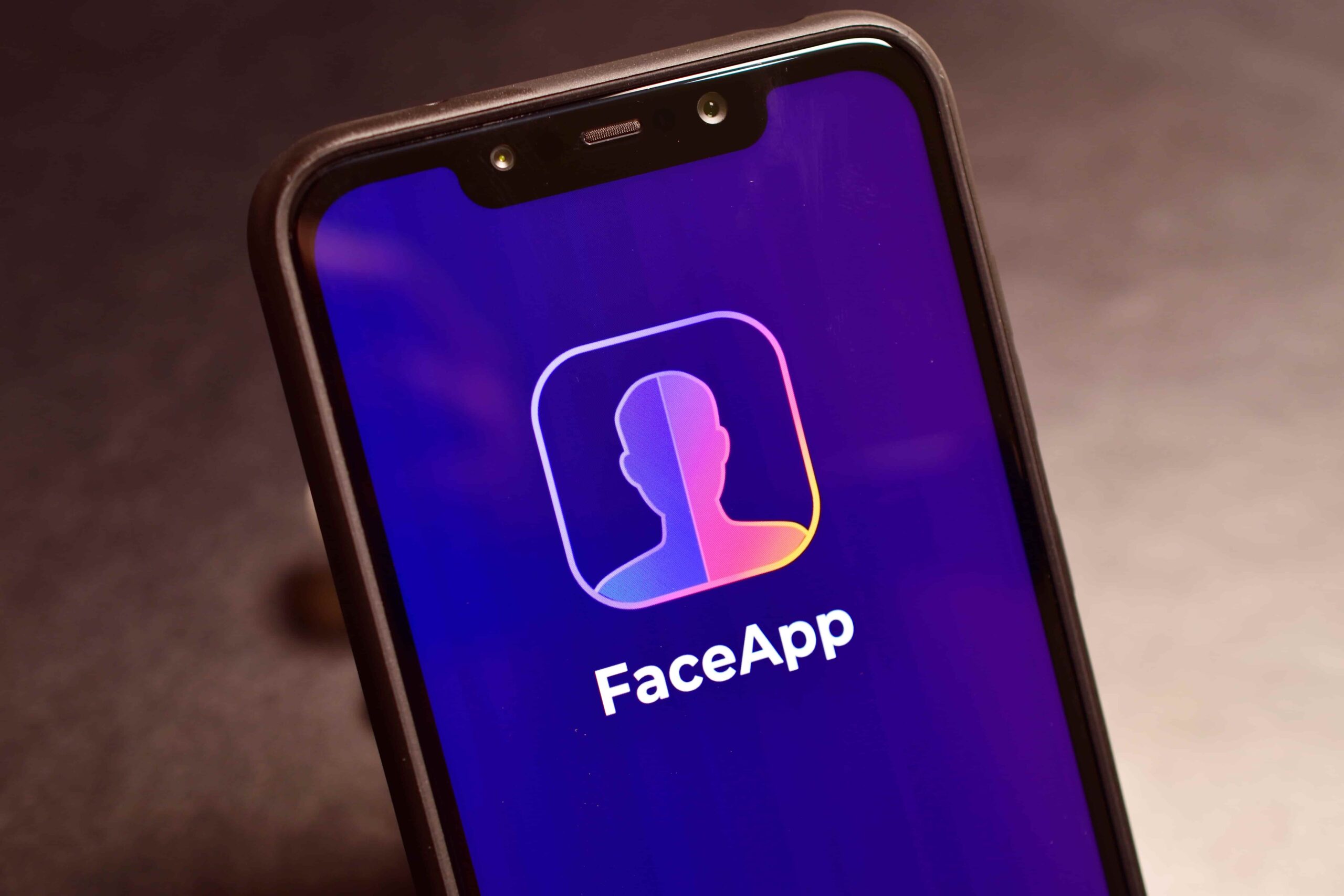
FaceApp
Learn all about FaceApp, the AI photo editor redefining selfies with its aging effects, gender swaps, and more!
The evolution of mobile apps is a story full of innovation, trends, and surprising turns. Let’s explore how apps evolved from the simple Snake game to powerful AI tools that help shape our future.
The pre-smartphone era: basic games and the first mobile apps
Before smartphones, mobile phones were mostly used for calls and texts. Still, developers found creative ways to add value through simple apps.
One of the earliest and most iconic was the Snake game, launched on Nokia phones in the late 1990s.
These early mobile trends showed the potential of portable entertainment. Other apps included basic calculators, calendars, and contact books.
They were limited, but they laid the foundation for what was coming next.
The boom of mobile apps with iPhone and App Store
In 2007, Apple introduced the iPhone. A year later, the App Store changed everything. Now, developers around the world could build apps for a growing audience of smartphone users.
Suddenly, the mobile app market exploded. From utilities to games, thousands of new apps launched every month. Google followed with Android and the Play Store, giving users even more options.
This was a key moment in the evolution of mobile apps. Apps became easier to access, and users were ready to explore. The era of smart mobile computing had officially begun.
How social media apps changed the game
When social media apps entered the scene, everything changed again. Facebook, Twitter, Instagram, and Snapchat shifted the way people used their phones.
Instead of just tools or games, apps became a way to connect, share, and express. Notifications, likes, stories, and live videos became daily habits.
These apps also influenced design and performance standards. Users now expected smooth experiences, modern UI, and constant updates.
Developers had to step up, focusing more on user engagement and retention.

Best Photo Editing Apps
Explore the best photo editing apps available today, each offering unique tools and features to elevate your images.
Gaming apps: from casual fun to billion-dollar industries
Games were some of the first apps to gain global attention. Early hits like Angry Birds, Temple Run, and Flappy Bird proved that simple gameplay could lead to massive downloads. Over time, mobile gaming evolved into a serious business.
Today, mobile games like PUBG Mobile, Genshin Impact, and Candy Crush Saga generate billions in revenue. These apps include in-game purchases, social features, and live events.
The evolution of mobile apps in gaming reflects major shifts in user behavior, monetization strategies, and mobile hardware capabilities.
Cloud gaming and cross-platform play are the next frontiers. With faster internet and 5G, users can stream high-quality games directly on their phones, blurring the lines between console and mobile experiences.
The rise of productivity and lifestyle apps
As mobile tech improved, so did the demand for practical tools.
Productivity apps like Evernote, Trello, and Google Drive helped users work on the go. Lifestyle apps focused on health, fitness, meditation, and meal planning.
This shift showed how mobile apps were becoming essential in all parts of life. They weren’t just for fun—they were tools for better living.
Fitness trackers synced with health apps. Smart home systems connected with mobile controls. Life was becoming smarter, more efficient, and app-driven.
AI apps and the future of smart assistance
In recent years, AI apps have taken things to a new level. Virtual assistants like Siri, Google Assistant, and Alexa use artificial intelligence to help users with tasks, reminders, and searches.
Photo editing apps like Lensa AI and Remini now use AI to retouch images, generate avatars, or upscale quality.
Language apps translate speech in real time. AI helps improve app suggestions, personalize feeds, and detect fraud.
This is a turning point in the evolution of mobile apps. AI isn’t just a feature—it’s becoming the core of how apps work.
Apps that changed the world: from Tinder to TikTok
Some apps have left a lasting mark on culture and society. Tinder redefined online dating with its swipe-based system. TikTok revolutionized content creation with short, viral videos.
Uber transformed urban transport. WhatsApp and Telegram replaced SMS for millions of users. These are more than apps—they’re ecosystems that shape how we live, communicate, and move.
The success of these apps proves that innovation, timing, and user focus are key in this fast-moving industry.
Looking ahead: super apps, VR, and full integration
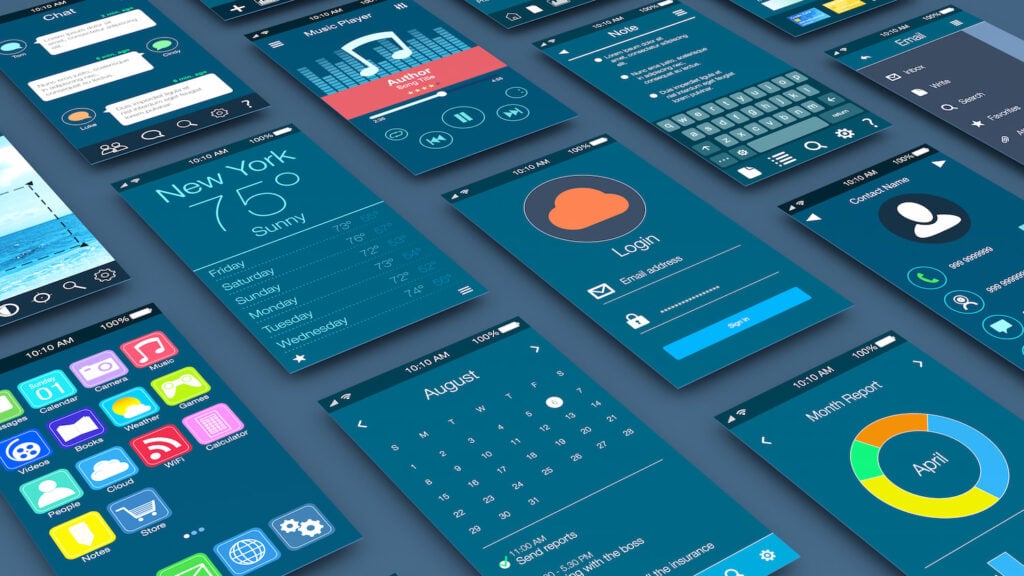
Today’s trends hint at what’s coming next. In some regions, super apps like WeChat allow users to message, shop, pay, and book services—all in one app.
Virtual reality (VR) and augmented reality (AR) are also gaining ground. From virtual home tours to AR games like Pokémon GO, mobile experiences are becoming more immersive.
We also see more integration across devices. Smartwatches, TVs, cars, and even fridges connect to mobile apps. The line between digital and real is fading fast.
These trends show the ongoing transformation in the evolution of mobile apps. It’s not just about mobile anymore—it’s about total connectivity.
What to expect in the next 5 years?
The future looks exciting. Here’s what we might see:
- More AI-driven experiences: Apps will learn from user behavior and act faster and smarter.
- Privacy-first design: With growing concerns, developers will need to prioritize secure data handling.
- Voice-first interfaces: Speaking to apps may replace typing, making them more accessible.
- Custom-built mini apps: Brands may launch lightweight, web-based apps for fast access.
- Greater focus on mental wellness: Apps supporting emotional health will gain more space.
As tech evolves, so will user expectations. Developers will need to innovate, test, and adapt quickly to stay ahead.
Final thoughts
From the basic Snake game to powerful AI assistants, the evolution of mobile apps tells a story of creativity, technology, and adaptation. Every new wave brought fresh opportunities—and challenges.
As users, we now expect more than just functionality. We want apps that are fast, smart, secure, and helpful.
As the industry moves forward, one thing is clear: mobile apps will continue to be the center of our digital lives.
Curious about how dating apps are evolving too? Our next article explores Facebook Dating and what makes it stand out in today’s crowded market.
Trending Topics
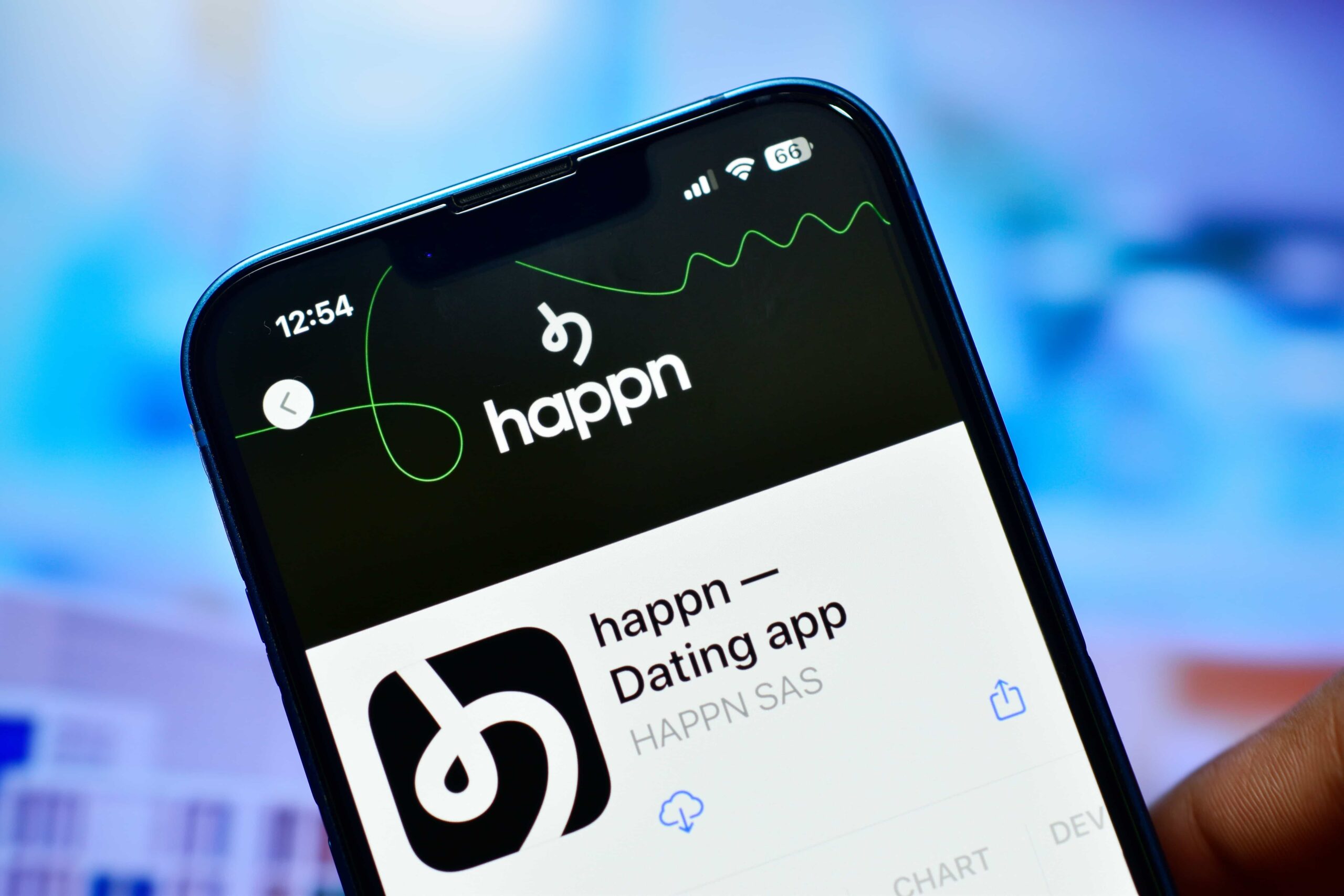
Dating App: Discover Who Crossed Your Path and Connect
Discover how Happn uses geolocation to connect you with people you've met in real life. Learn its features and advantages!
Keep Reading
Best Holiday Apps for Editing Christmas and New Year’s Photos
Find out the best apps for editing Christmas and New Year’s pictures, adding festive filters, stickers, and unique effects!
Keep Reading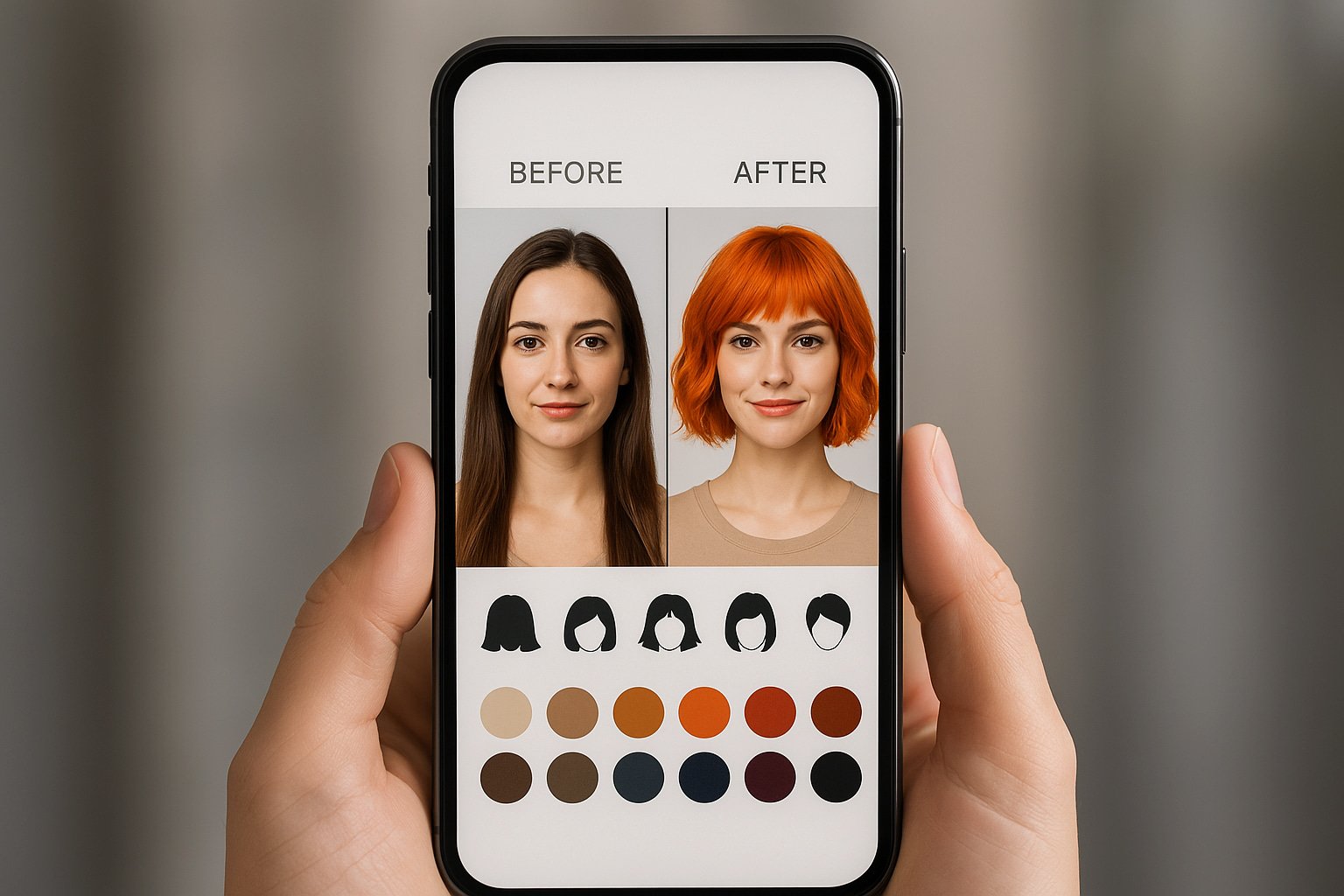
Best Hair Makeover Apps: Try Hair Changes in Real Time
Discover top hair makeover apps to try styles and colors virtually with stunning realism. No salon needed!
Keep ReadingYou may also like

How to Request a Refund on Shein
Learn when and how to apply for a refund on Shein. Follow this step-by-step guide to avoid common refund issues and simplify the process.
Keep Reading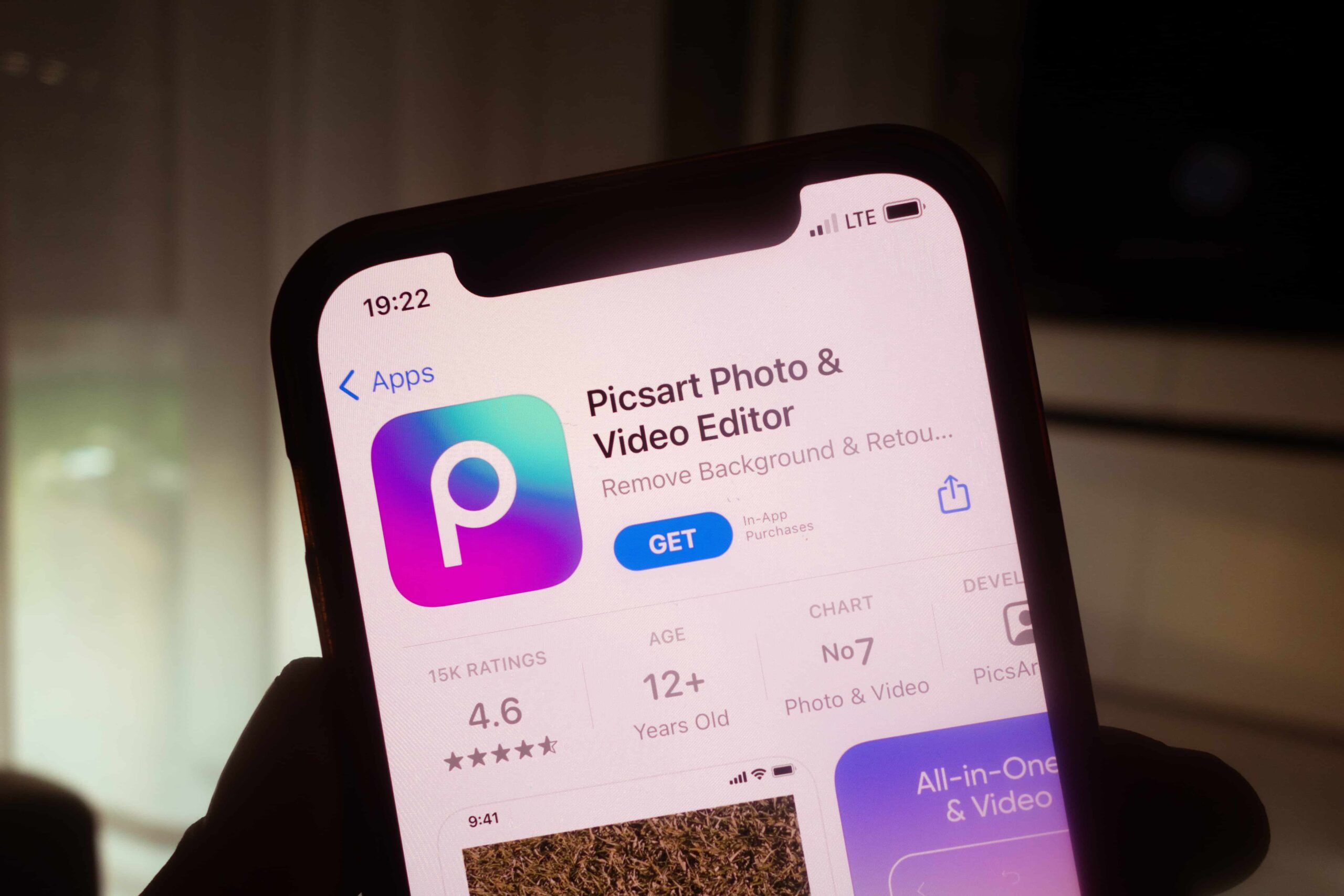
Picsart: Create Amazing Photos in Minutes
Picsart: a powerful app for creating stunning photos and videos. Unleash your creativity with AI tools, filters, and professional features.
Keep Reading
Ready to Connect with Talkie AI? Explore Unique Stories and Characters
Explore Talkie AI, an interactive platform where your choices shape unique stories with fascinating characters. Discover your next adventure!
Keep Reading